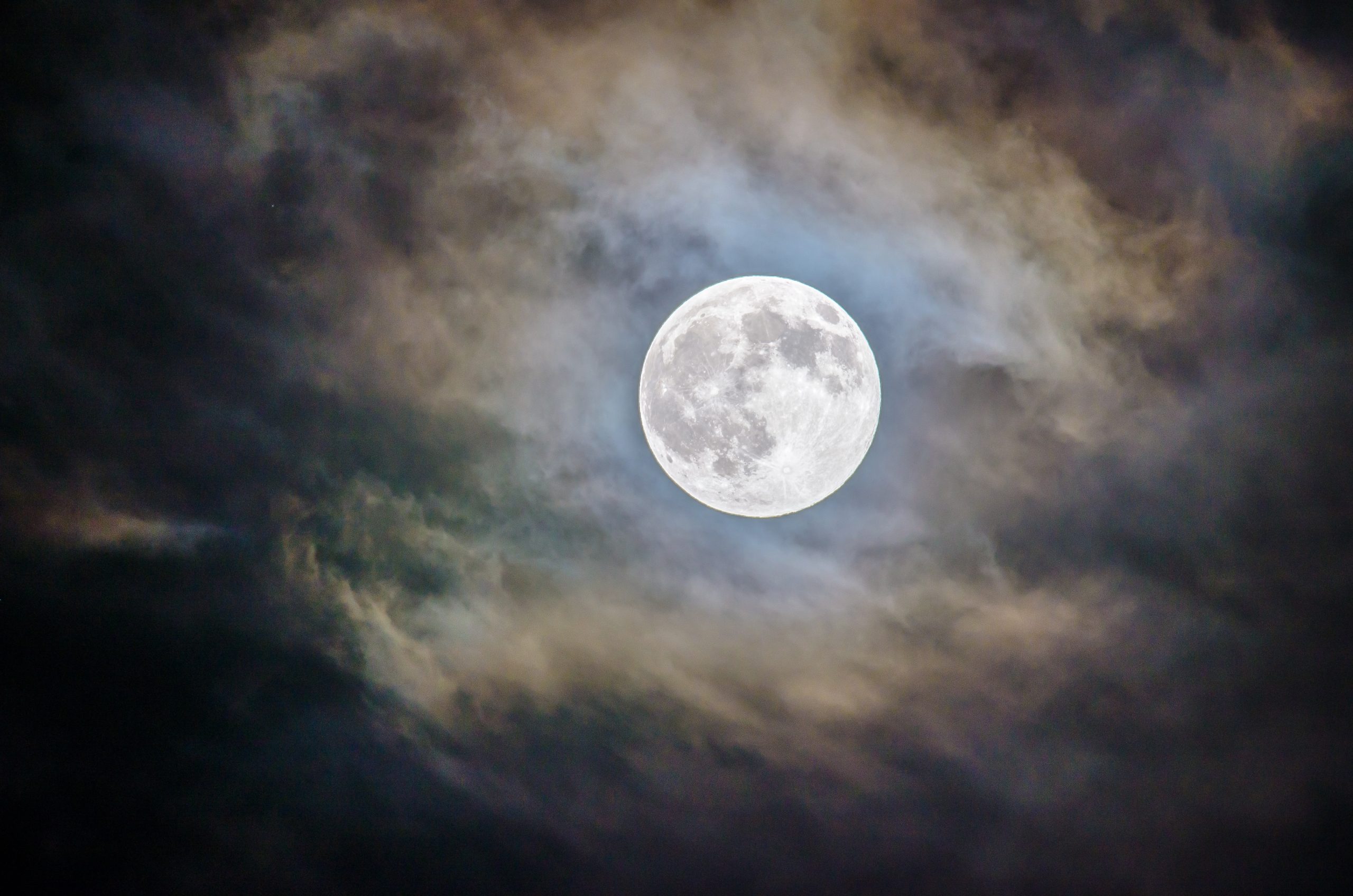Moon Orbit Around Earth: A Fascinating Celestial Dance
As we gaze up at the night sky, the luminous moon stands out, captivating us with its beauty and mystery. The moon, our celestial companion, has been a subject of wonder since time immemorial. One of the most intriguing aspects of the moon is its orbit around the Earth. In this article, we will delve into the intricate details of the moon’s orbit and explore the fascinating celestial dance that unfolds between these two cosmic entities.
Understanding Orbits
Before diving into the specifics of the moon’s orbit, let’s have a basic understanding of what orbits are and how they work. An orbit occurs when an object moves around a larger celestial body due to gravitational attraction. In the case of the moon, it orbits around the Earth.
Orbits can be categorized into two types: elliptical and circular. An elliptical orbit resembles an elongated circle, while a circular orbit is perfectly round. The moon’s orbit around the Earth falls into the category of an elliptical orbit, with the Earth situated at one of the focal points.
It’s important to note that the moon’s orbit is not completely stationary. It constantly undergoes changes due to various factors, including gravitational interactions with the Earth and other celestial bodies, resulting in what is known as a perturbed orbit.
The Moon’s Orbital Parameters
Now let’s zoom in on the specifics of the moon’s orbit. To understand the moon’s path around the Earth, we need to explore its orbital parameters. These parameters provide valuable insights into the moon’s motion and characteristics.
The moon’s orbit has the following key parameters:
| Parameter | Value |
|---|---|
| Semi-major Axis | 384,400 kilometers |
| Period | 27.3 Earth days |
| Eccentricity | 0.0549 |
| Inclination | 5.14 degrees |
The semi-major axis represents the average distance between the moon and the Earth. In this case, it equals approximately 384,400 kilometers or 238,900 miles. The period denotes the time taken for the moon to complete one orbit around the Earth. Remarkably, it aligns closely with the moon’s synodic month, the time between two consecutive full moons, which is approximately 29.5 days.
The eccentricity of the moon’s orbit refers to its departure from a perfect circle. With an eccentricity of 0.0549, the moon’s orbit deviates slightly from being perfectly circular. This elliptical shape causes the moon’s distance from the Earth to vary throughout its orbit.
Additionally, the moon’s orbit is inclined by approximately 5.14 degrees relative to the Earth’s equator. This inclination gives rise to the moon’s monthly motion across the sky and influences lunar eclipses, as the moon’s path intersects with the Earth’s orbital plane around the Sun.
Why is the Moon’s Orbit Important?
The moon’s orbit plays a crucial role in various natural phenomena and human activities. Understanding its intricacies is essential for gaining insights into lunar phases, eclipses, and even spacecraft trajectories. Let’s explore some key reasons why the moon’s orbit is significant:
1. Lunar Phases
As the moon orbits the Earth, it exhibits different phases throughout its cycle. These phases, including the familiar full moon, new moon, crescent, and gibbous, occur due to the changing positions of the Sun, Earth, and moon. Observing these lunar phases not only has aesthetic appeal but also helps in determining the passage of time.
2. Tides
The moon’s gravitational pull significantly affects tides on Earth. As it orbits around our planet, the moon’s gravitational force causes a bulge in the Earth’s oceans, resulting in the rise and fall of tides. The vertical component of the moon’s gravitational force is stronger on the side of the Earth closer to the moon, while the horizontal component contributes to tidal friction.
3. Lunar and Solar Eclipses
The moon’s orbit, coupled with its inclination and alignment with the Earth and Sun, gives rise to eclipses. A lunar eclipse occurs when the Earth aligns between the Sun and the moon, casting a shadow on the moon. Conversely, a solar eclipse occurs when the moon aligns between the Earth and the Sun, blocking the Sun’s light and casting a shadow on the Earth.
4. Lunar Missions
The moon’s orbit is of utmost importance for lunar missions. Understanding its parameters enables mission planners to calculate trajectories, launch windows, and landing sites for spacecraft. Precisely timed launches during specific points in the moon’s orbit optimize fuel consumption and facilitate successful missions.
Conclusion
The moon’s orbit around the Earth is a captivating celestial dance that has fascinated humanity since time immemorial. From the moon’s elliptical path to its inclination and ever-changing distance, the intricacies of the moon’s orbit provide valuable insights into our natural world and enable us to explore the vast reaches of space.
By comprehending the moon’s orbit, we can better appreciate the lunar phases, predict eclipses, understand tidal patterns, and embark on successful lunar missions. The moon serves as a constant reminder of the grandeur and interconnectedness of our universe, perpetually circling our beloved blue planet in an awe-inspiring cosmic waltz.
Table of Contents
